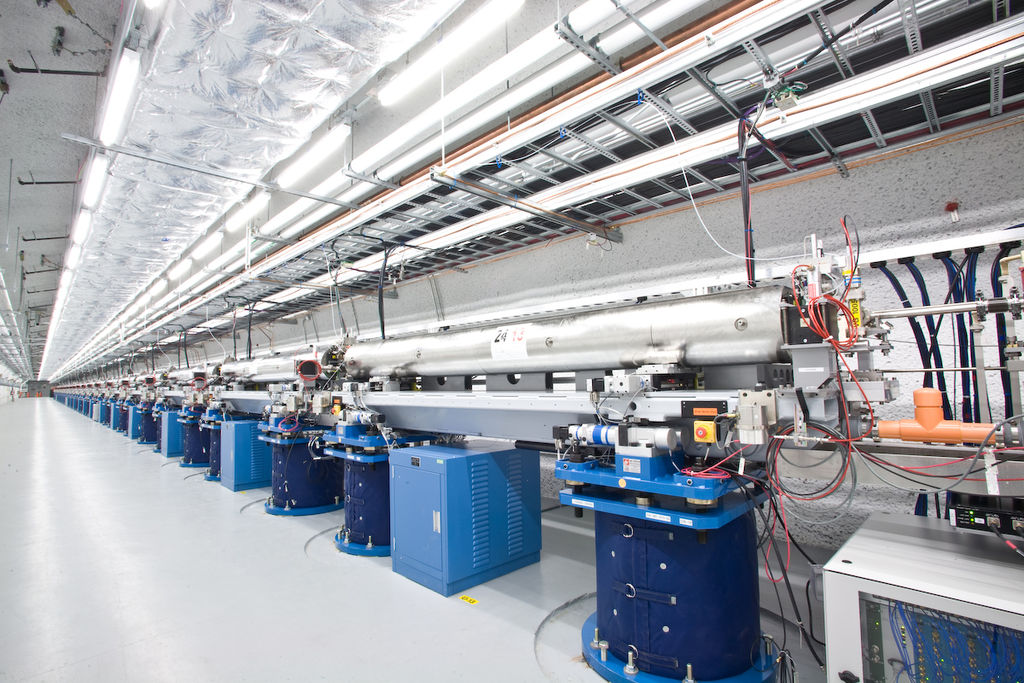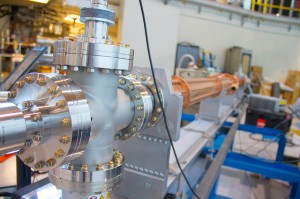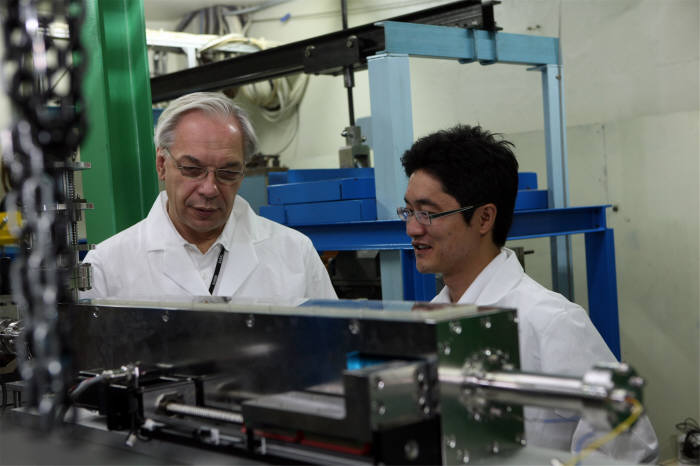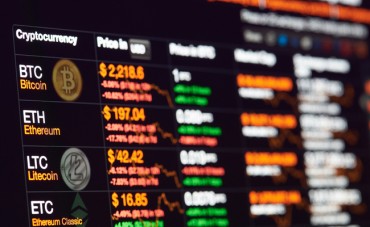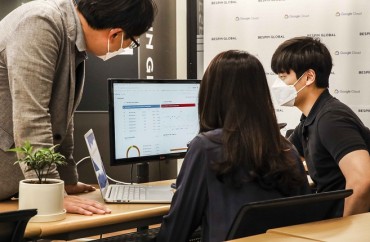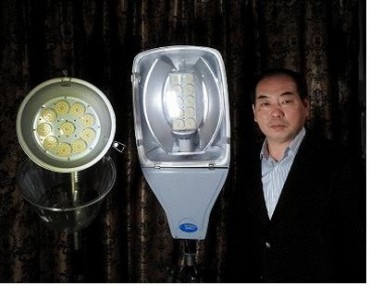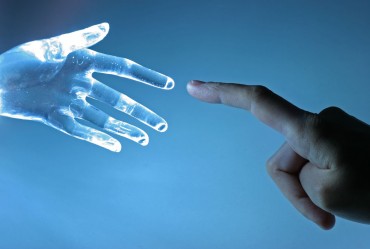SEOUL, Oct. 3 (Korea Bizwire) – An undulator that can generate radiation in a novel way has been developed to be used for lithographic light sources to manufacture next generation semiconductors.
The Korea Atomic Energy Research Institute (KAERI) announced on October 1 that researcher Mun Jung-ho at the WCI Center for Quantum-Beam-based Radiation Research (Director: Nikolay A. Vinokurov) under KAERI succeeded in the original technology of a radiation generator to make up for the drawbacks of the present generator.
The research results were published on the August issue of Physical Review Special Topics – Accelerators and Beams, world renowned journal listed in Science Citation Index (SCI).
Director Nikolay Vinokurov developed a generator with tunable wavelength in 1980s. However, it was inevitable to upgrade such devices to keep the power and size of wavelength stable.
The new device of researcher Mun addressed the problems of Dr. Vinokurov’s device, successfully generating radiation in a more stable way regardless of the change of wavelength.
“Researcher Mun outperforms his advisor, Dr. Vinokurov, in the area of a radiation generator,” said associate director Jeong Young-uk of the WCI Center who has been working together with the inventor for the project, “and now we are accelerating our efforts to develop a compact terahertz free-electron laser viable for security inspection.”
An undulator is an insertion device from high-energy physics and usually part of a larger installation, a synchrotron storage ring. It consists of a periodic structure of dipole magnets. The static magnetic field is alternating along the length of the undulator with a wavelength  . Electrons traversing the periodic magnet structure are forced to undergo oscillations and thus to radiate energy. The radiation produced in an undulator is very intense and concentrated in narrow energy bands in the spectrum. It is also collimated on the orbit plane of the electrons. This radiation is guided through beamlines for experiments in various scientific areas. (Wikipedia)
. Electrons traversing the periodic magnet structure are forced to undergo oscillations and thus to radiate energy. The radiation produced in an undulator is very intense and concentrated in narrow energy bands in the spectrum. It is also collimated on the orbit plane of the electrons. This radiation is guided through beamlines for experiments in various scientific areas. (Wikipedia)
By Eugene Yu (eugene@koreabizwire.com)


